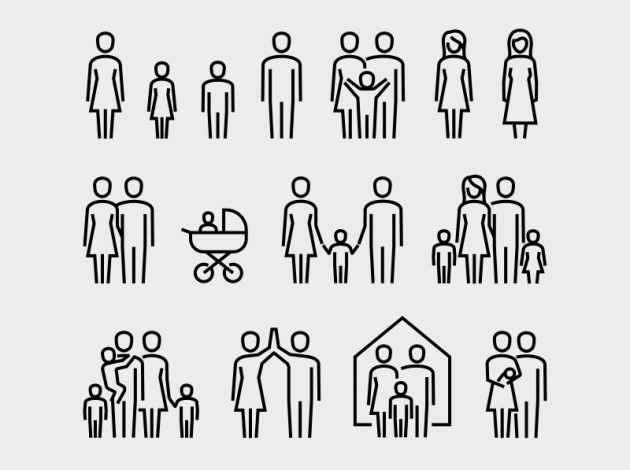Understanding the impact of the coronavirus at a local level

During the coronavirus (COVID-19) pandemic, the ONS has been providing regular weekly insight into its impact on individuals and their households. To respond to the need for more information at a local level, as restrictions vary across different parts of Britain, we have significantly increased the sample size of our weekly Opinions and Lifestyle (OPN) survey. Andrea Lacey explains the changes we have made and what can be expected in the coming weeks.
Since April 2020, the ONS has responded to the need for rapid information to understand the impacts of the coronavirus pandemic. One of the ways we have achieved this is by publishing regular insights from the Opinions and Lifestyle (OPN) survey in our weekly Coronavirus and the social impacts on Great Britain publication. This publication covers a range of themes including levels of socialising, preventative measures to avoid the spread of the coronavirus and how wellbeing and work has been affected by the coronavirus pandemic.
Up until now, the survey had been sent out to around 2000 adults across Great Britain aged 16 years and over each week. A range of indicators and results are published just five days after the final collection day, with survey microdata also available to researchers in the Secure Research Service (SRS).
Many of the indicators we produce are national, however there is an increasing need to monitor data at a more granular level. With the introduction of new local restrictions, such as the UK Government announcing a tiered COVID Alert system in England, there is a need for us to provide a more detailed view of what is happening in society on a regular basis.
In order to respond to this need for more granular analysis on a regular basis, we have almost trebled the sample size of the OPN survey in England and will now reach out to over 6,000 adults on a weekly basis. This will allow us to publish a suite of social impact indicators that are broken down by more detailed demographics, as well as by geographical region and by COVID Alert level in England.
This week, we have been testing the feasibility of new demographic breakdowns, and so today’s article focusses on initial findings by COVID Alert level in England. We will be looking to incorporate further and more varied information in future publications. Over the next few weeks we will also be updating our Quality and Methodology Information, to clearly communicate any methodological impact of the increased sample size.
The weekly social impacts bulletin aims to continue to provide analysis that is relevant and timely, adding value to the ongoing monitoring of the coronavirus pandemic on society. We welcome views from the users of these data by email (policy.evidence.analysis@ons.gov.uk)